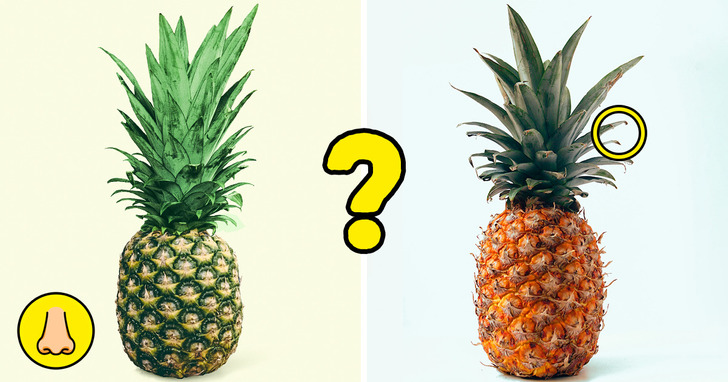14 Types of Citrus Fruits, and Why the Pineapple Isn’t One of Them
1. Mandarin
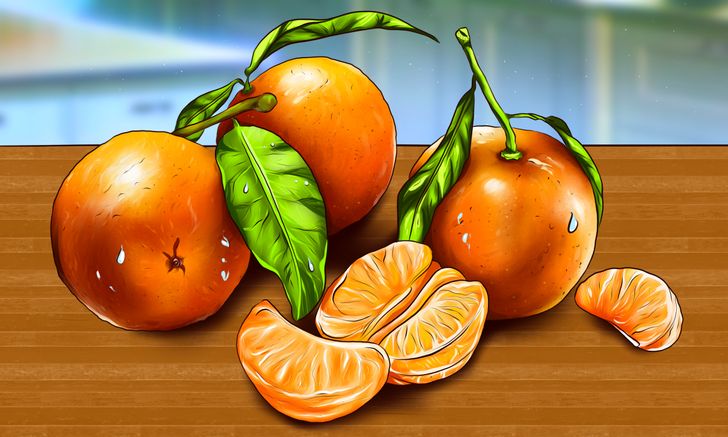
Mandarins are one of the basic non-hybrid kinds of citrus. They are believed to have come from China. They’re a bit flat, ranging from 1.5 inches to 3.14 inches (4 cm to 8 cm) in diameter, sweet, and slightly sour.
2. Citron
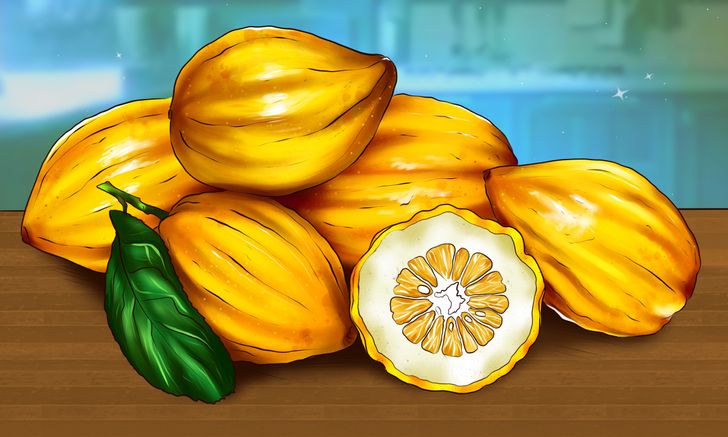
Citrons are big yellow fruits with thick skin that come from India. They’re usually long or egg-shaped and can reach up to 11.8 inches (30 cm) in length. They aren’t very juicy and have almost no taste, but the skin is used in Asian cuisine. Together with mandarins and pomelos, citrons are one of the basic citruses that gave birth to all the others.
3. Pomelo
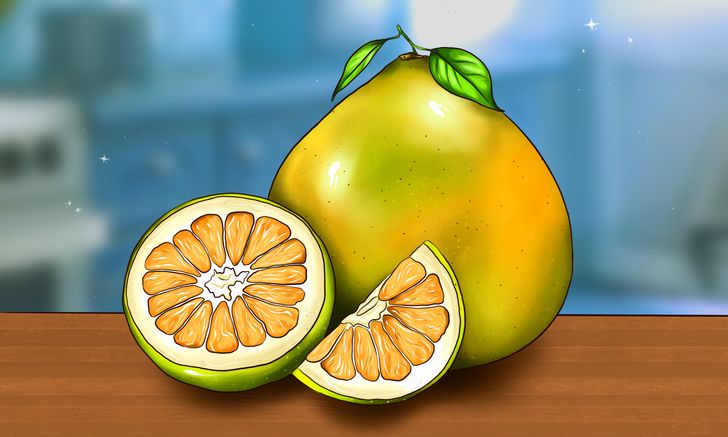
4. Lime
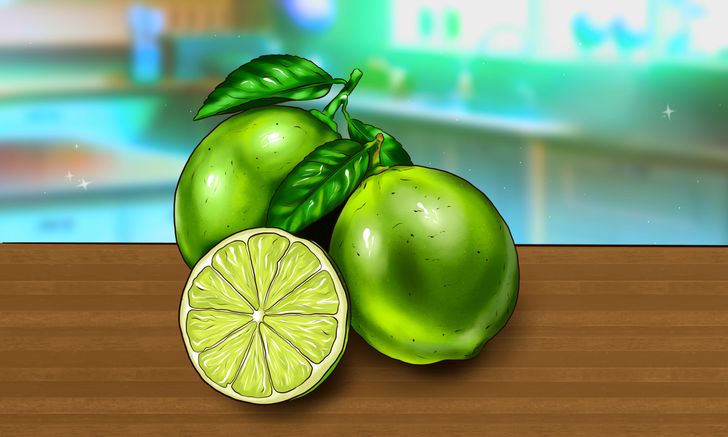
Limes are fruits that usually have green or yellow-green skin and yellow-green pulp. Depending on the fruit, they can be from 0.98 inches to 2.36 inches (2.5 cm to 6 cm) in diameter and 3.14 inches (8 cm) long. They may or may not have seeds inside. They’re even more bitter and sour than lemons.
5. Lemon
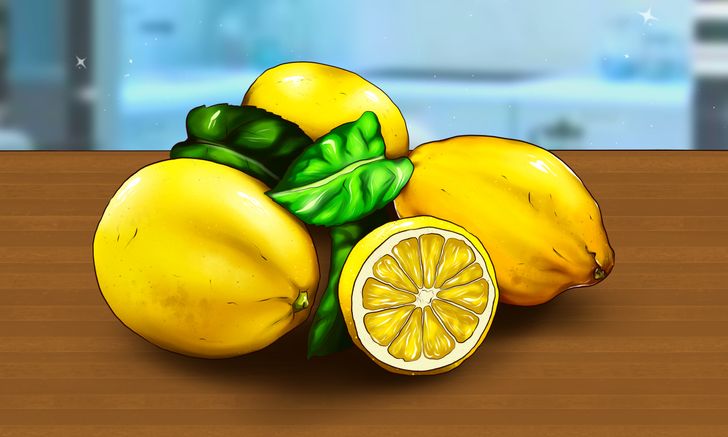
6. Orange
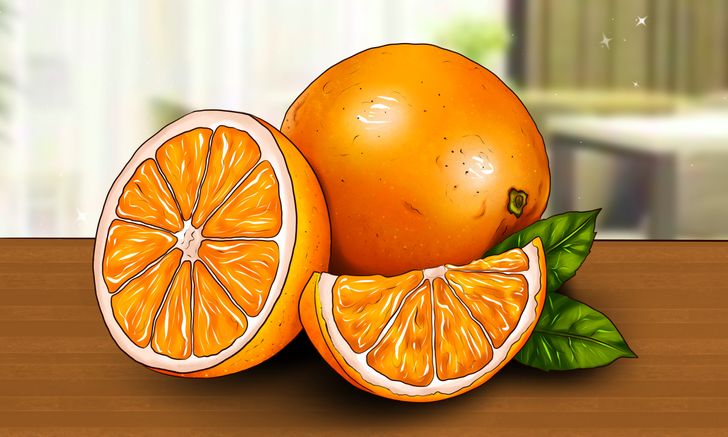
7. Bitter orange
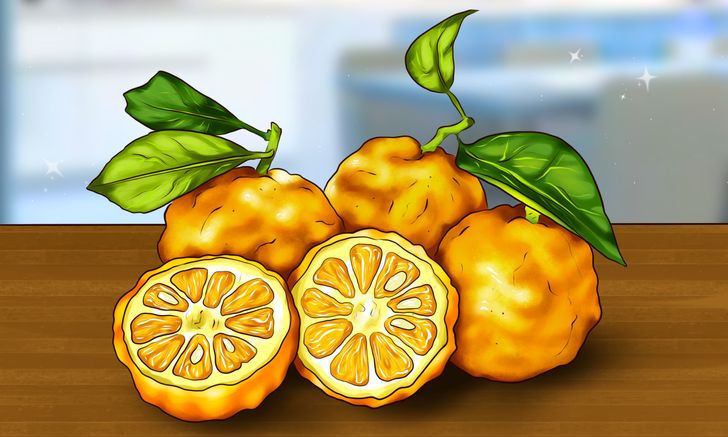
8. Grapefruit
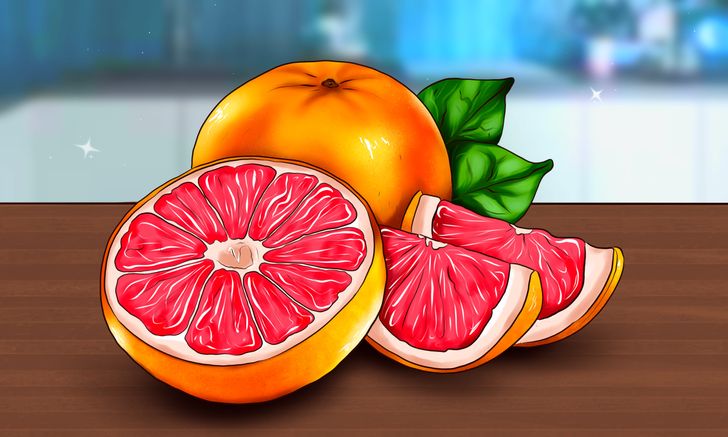
9. Kumquat
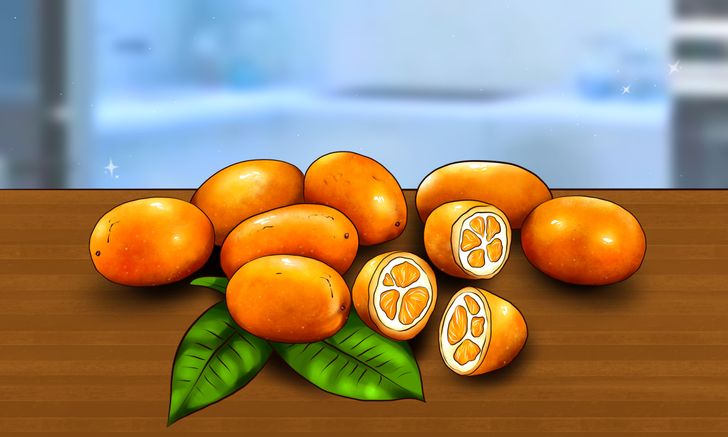
10. Clementine
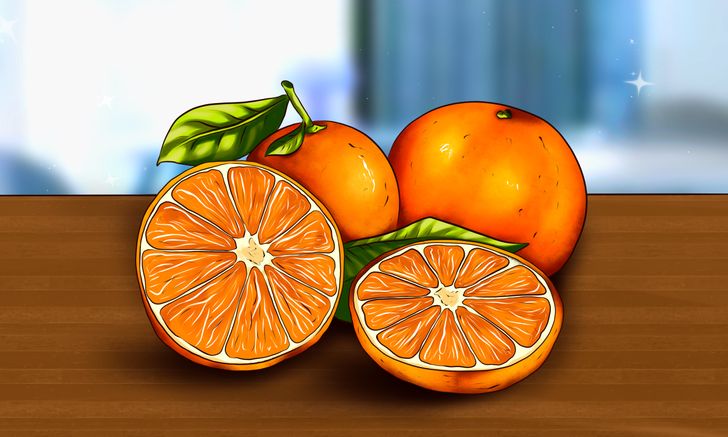
Clementines are a lot like mandarins but they’re smaller and have no seeds. They’re honey-sweet and could be a little sour; more so than an orange but sweeter than mandarins.
11. Bergamot orange
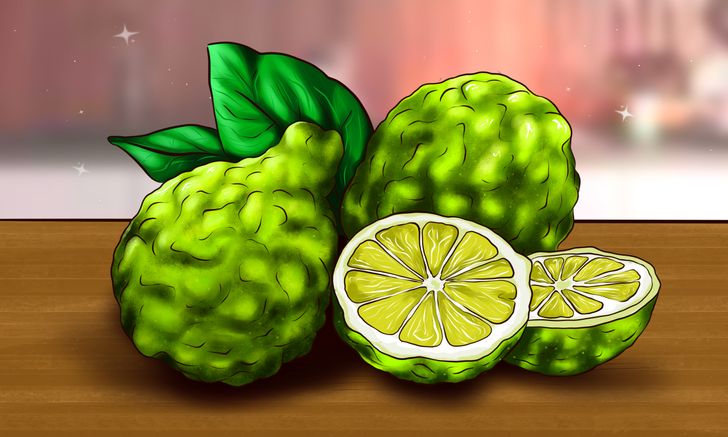
12. Oroblanco
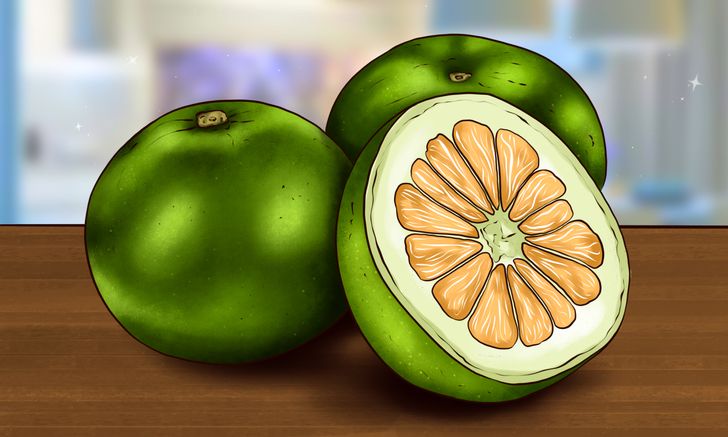
13. Tangelo
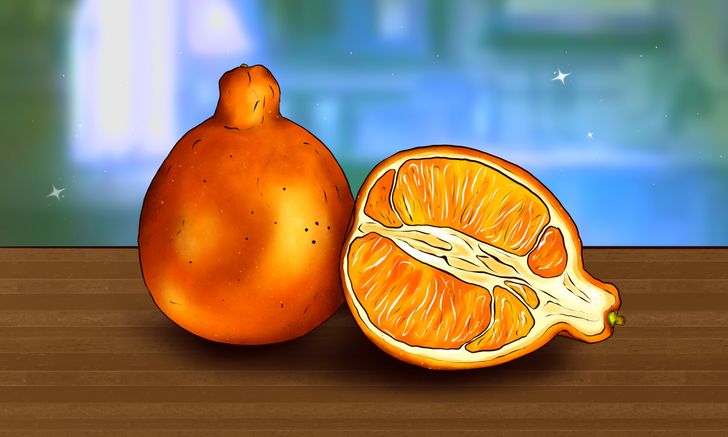
14. Yuzu
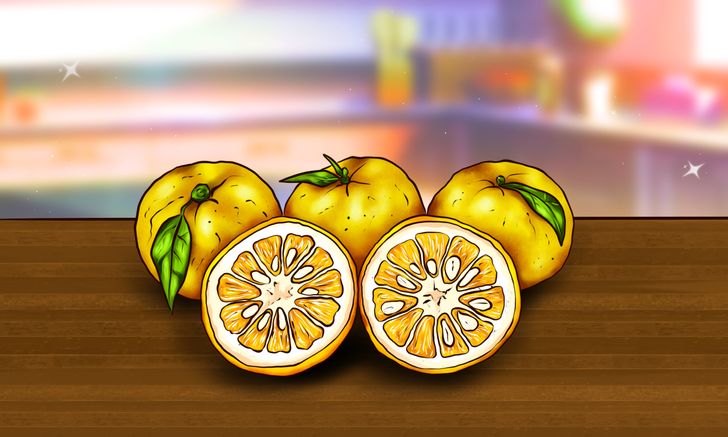
The yuzu, or Japanese citron, is popular in Japan and Korea. They range from 2.16 inches to 2.95 inches (5.5 cm to 7.5 cm) in diameter. Its taste is reminiscent of grapefruit and mandarin.
Bonus: why pineapples aren’t considered citrus, and how to know if they’re ripe
The pineapple belongs to the pineapple family and is a juicy, large, tangy fruit that grows in tropical climates. Although it has a lot in common with citrus fruits, as it’s rich in vitamin C, it’s not one. Close to their skin, they have little black, dark seeds inside. They don’t actually grow from these seeds, however, but in soil. An easy way to grow one is to cut off its crown (the leafy green top) and plant it.
Picking a ripe pineapple can be challenging. To do it right, follow these steps:
- Tug the leaves. Pull a leaf from the top of the pineapple. If the pineapple leaves can be plucked easily, it means it’s ripe. If the leaf breaks off too quickly, it may be overripe and rotten. A pineapple generally has 30-40 pointy dark green leaves firmly fixed into it. Its color changes as it ripens.
- Smell the bottom. Pineapples are very fragrant. Sniffing one from its stems (bottom) is one of the best ways to find out whether it’s ripe or not. The pineapple is ripe if you a smell sweet, rich, and pleasant aroma. If the pineapple doesn’t smell at all, it may be unripe. If the pineapple smells acidic, it may be overripened.
- Check for yellow. Color is one of the giveaways of its ripeness. Green pineapples are underripe. But if it’s turned yellowish, it’s ripe and ready. It’s better not to consume it until it has lost most of its green.
